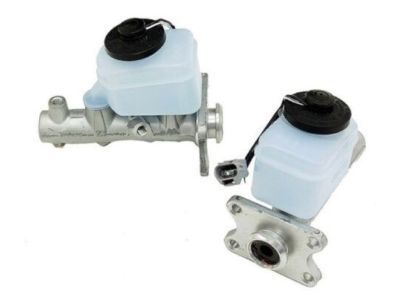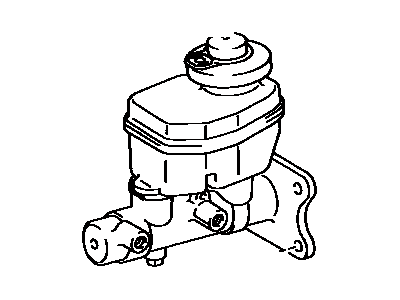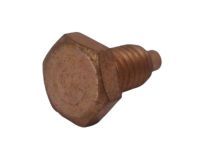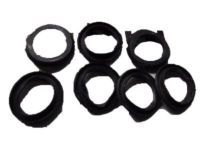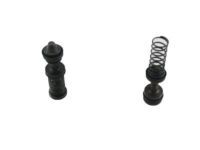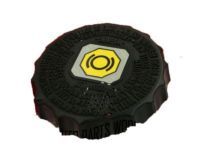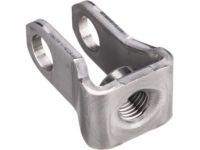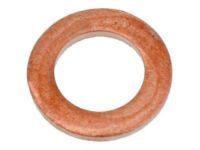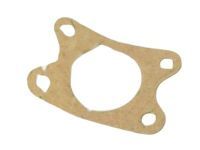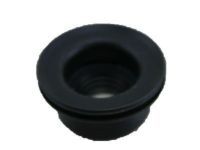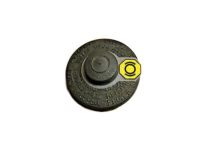Before deciding to overhaul the Brake Master Cylinder, check on the availability and cost of a new or factory rebuilt unit and also the availability of a rebuild kit. The Brake Master Cylinder is located in the engine compartment, mounted on the power brake booster. Remove as much fluid as possible from the reservoir with a syringe, placing rags under the fittings and preparing caps or plastic bags to cover the ends of the lines once disconnected, as brake fluid will damage paint. Loosen the fittings at the ends of the brake lines where they enter the Brake Master Cylinder, unplug the electrical connector if equipped, and completely loosen the brake line fittings using a flare-nut wrench to prevent rounding off the flats. Pull the brake lines away from the Brake Master Cylinder and plug the ends to prevent contamination. Disconnect the electrical connector if equipped, then remove the nuts attaching the Brake Master Cylinder to the power booster and pull the Brake Master Cylinder off the studs, being careful not to spill fluid. Two different types of Brake Master Cylinders were used during production years, with earlier models having a small reservoir and later models equipped with a large reservoir; the procedure is illustrated with a large reservoir Brake Master Cylinder, but the steps are similar for the small reservoir type. Obtain the proper rebuild kit before attempting the overhaul, which will contain necessary replacement parts and any specific instructions. Remove the reservoir and inspect the reservoir grommet for leakage indications near the base. For small reservoir models, remove the set bolt inside the reservoir and use pliers to release the hose clamp, while for large reservoir models, remove the set screw and pull straight up to detach the reservoir. Place the cylinder in a vise and use a punch or Phillips screwdriver to fully depress the pistons until they bottom against the other end of the Brake Master Cylinder, holding the pistons in this position to remove the stop bolt on the side. Depress the pistons again and remove the snap-ring at the end of the Brake Master Cylinder, allowing the internal components to be removed from the bore. Make a note of the proper order of the components for reassembly, paying particular attention to the different springs. Inspect the bore of the Brake Master Cylinder for score marks or damage, as any issues will require a new Brake Master Cylinder. Replace all parts included in the rebuild kit, cleaning reused parts with new brake fluid, brake system cleaner, or denatured alcohol, avoiding petroleum-based solvents. During reassembly, lubricate all parts liberally with clean brake fluid, push the assembled components into the bore, bottoming them against the end of the Brake Master Cylinder, and install the stop bolt. Install the new snap-ring, ensuring it is seated properly in the groove, and install new reservoir grommets and the reservoir in reverse order of removal. Before installation, bench bleed the Brake Master Cylinder by mounting it in a vise, inserting threaded plugs into the brake line outlet holes, and filling the reservoir with the recommended brake fluid. Remove one plug and push the piston assembly into the bore to expel air, replacing the plug before releasing pressure on the piston to prevent air from being drawn back in. Repeat until only brake fluid is expelled, then proceed to the other outlet hole. An alternative method involves covering the hole with a finger instead of replacing the plug, ensuring air does not enter. For installation, place the Brake Master Cylinder over the studs on the power brake booster and tighten the nuts finger-tight. Thread the brake line fittings into the Brake Master Cylinder, adjusting the position slightly for easier threading, and then tighten the mounting nuts and brake line fittings. Fill the Brake Master Cylinder reservoir with fluid, then bleed the Brake Master Cylinder and brake system by having an assistant depress the brake pedal while loosening the fitting to allow air and fluid to escape, repeating until the fluid is free of air bubbles. Finally, check the operation of the brake system carefully before driving the vehicle.
Posted by ToyotaPartsDeal Specialist 

